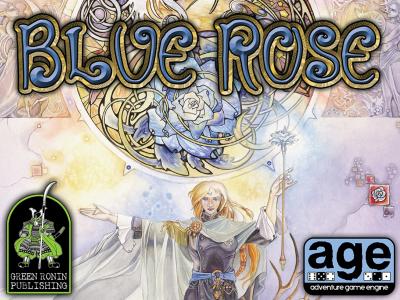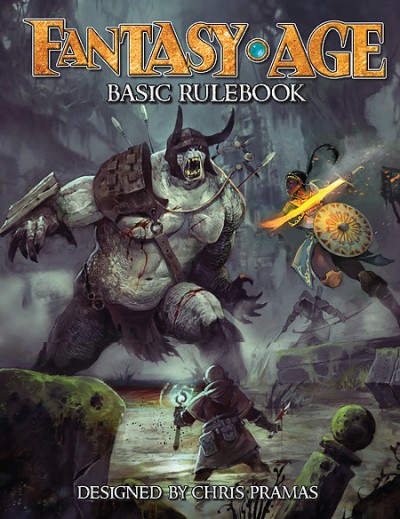I have been giving some thought to the trade relationships between the peoples of the Ancient Lands and how they would have an impact on their cultures and society and possible sources of conflict or exchange. Now I consider myself decently educated in these things, but I think there’s probably still a considerable load of blatant error in here. Still, I’d like to show to you what I have so far and if anyone finds any errors and could point them out, I would be really more than grateful.
As you might see I am currently, in fact, working on a first early draft of an Ancient Lands Campaign Sourcebook. And it is coming along very nicely. I expect the first, completely rules free, version to be about 40 pages long. I also have a B/X based monster book, which I think will be of comparable size. Don’t expect a kickstarter anytime soon, but I really enjoy it starting to take shape after four and a half years of dabbling.
Bronze
The main material for making weapons and armor in the Ancient Lands is bronze. Made from copper and tin it is quite easily produced and to work with and it doesn’t get damaged by rust. Weapons and tools made from bronze are made by melting the copper and tin until it becomes liquid and pouring it into a cast, and broken bronze objects can easily be molten down again in relatively small fires. If needed, this can even be done on the road without use of a propper forge. However, the scarcity of tin makes it quite expensive and only available in large quantities to people who have established trade with other lands. While copper can be found in many places, most tin in the Ancient Lands comes from the Erhait, the Vestanen Mountains, and the Highlands of the Mahiri Jungles. Much of the wealth of the skeyn and the Vandren comes from the mining and selling of tin, which in many places is as valuable as salt or gold.
Iron
Smelting iron ore into raw iron is more difficult than turning copper and tin into liquids and the resulting material requires many hours of hammering until it becomes a usable metal and even then the wrought iron doesn’t stand up to the toughness of bronze. It is also highly susceptible to rusting when not kept clean and dry and broken or rusted pieces can not simply be remade without use of a large foundry and a lot of labor. However, iron ore can be found almost anywhere and in much larger quantities, making it a much cheaper material when quality is not important, such as nails, arrowheads, or small plates for lamellar armor. The most important exception is chainmail armor, as wrought iron is much easier turned into rings than bronze. Both the Vashka and the Neshanen possess this skill and their armor often find their way into the hands of their neighboring tribes. The skeyn of both the Erhait and the Tavir Mountains also know the secret of turning iron into steel, which is a much more advanced process than simply making wrought iron and requires the use of large foundries and forges. Weapons and armor made from skeyn steel are almost as good as those made from bronze, but the much cheaper production of the metal allows them to create them in much larger numbers and the soldiers guarding Barregal and Falreig are the best equipped anywhere in the Ancient Lands. They also sell steel weapons to clans of other tribes, but most warriors anywhere would rather use weapons made from bronze.
Silver
Silver is not a good metal to make weapons with, but it is unique in it’s ability to harm spirits and many other other magical creatures. It has a unique connection to the Spiritworld, which not only makes it very valuable for withes and shamans in the creation of magical devices and amulets, but it can also cuts the flesh of creatures that are unharmed by bronze, iron, stone, or wood. Taken by itself, silver is far too soft to be made into blades, but when molten and coated on bronze, it will form an inseparable bond that can not be broken by any means. A bronze blade dipped into molten silver will gain a coating of silver that can harm magical creatures but retain it’s original strength and toughness. The silver edge of the blade needs to be frequently sharpened and blunts quickly when striking other metal, but for a small number against unarmored creatures it is a sharp as any other blade. Sharpening the edge will eventually wear down the silver to the bronze core, at which point it needs to get a new coating of silver. These weapons are very expensive and dull quickly when used against armored opponents or parrying the weapons of armed enemies, but they are invaluable to those who are fighting monsters and the creatures of the Spiritworld.
Tin
Tin is required for the making of bronze and a relatively rare material found in large quantities in only a few places in the Ancient Lands. Almost all tin comes from the Erhait, the Vestanen Mountains, or the highlands south of the Mahiri Jungles. Those clans who control the mines are among the richest and most powerful of their regions, since otherwise they have been conquered by their neighbors long ago. Copper just by itself is even less suited for weapons and tools than wrought iron and many wars in the Ancient Lands have been fought over the control of tin mines and the highly lucrative trade with the metal.
Salt
Salt is one of the most valuable resources in the Ancient Lands and the real source of the wealth of the Vandren. Nomadic hunters in the wild or the people in small fishing villages can do well enough without it, but for those people who live by farming and storing food for the winter it is both vital for their health and the preservation of meat. People in farming villages who live mostly on the plants they grow will soon become sick and eventually die when they have no access to salt and meat is almost impossible to store for later without it. Not only is salt necessary for survival in the civilized parts of the Ancient Lands, it is also demanded in huge amounts. When tin runs out people can keep using the weapons and armor they have and melt down broken pieces to make new ones, but when the trade with salt comes to a stop it becomes an immediate matter of life and death. Both the Tavir Mountains and the Vestanen Mountains have several large salt mines, and digging the salt out of the ground is backbreaking work that often falls to thousands of slaves who rarely survive for very long. Both the Vandren and some of the Neshanen cities in Senkand gain their wealth primarily from selling salt to Eldanen, Halond, and even the Mayaka kingdom. The Ruyaki also have some limited trade in salt with the Takari, but in the last hundred years the Vandren salt mines have given the Takari access to much more salt than ever before.
Cloth
Wool is found almost everywhere in the ancient lands and comes mostly from sheep and goats. Linen and cotton cloth is much finer and lighter but requires a lot of work to make and the flax and cotton plants don’t grow in many parts of the Ancient Lands, which makes both yarn and cloth highly desired goods. The most prized and valuable cloth is silk, which is only produced by the Takari on the coast of the Mahiri Jungles.
Furs
The largest and thickest pelts come from the winter coats of animals found in the coldest lands of the North, such as Venlad and Yakun. These fetch very high prices in the markets of Halond, Senkand, Eldanen, and even the Vestanen Mountains where they are highly desired over wool from local animals. They are one of the main reasons why people from other lands make the long journey to the Northern Sea.
Bone and Ivory
While bone can be found in any places in the Ancient Lands and there are several large beasts with big tusks and horns in the jungles of the South, they are nowhere found in such large numbers and sizes as in the Northern Sea. Walrus and whale hunters in Venland bring a bounty of tusks and whalebone to the markets every year that is greater than what most kings of the South will see in their entire lifetime. And which makes those merchants who successfully make the journey to the frozen lands and back very rich.
 Earlier this week the Kickstarter campaign for the Blue Rose relaunch ended, well exceeding the $10,000 goal with total pledges of $85,850.
Earlier this week the Kickstarter campaign for the Blue Rose relaunch ended, well exceeding the $10,000 goal with total pledges of $85,850.
